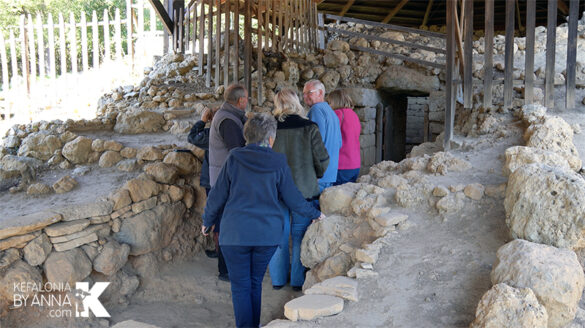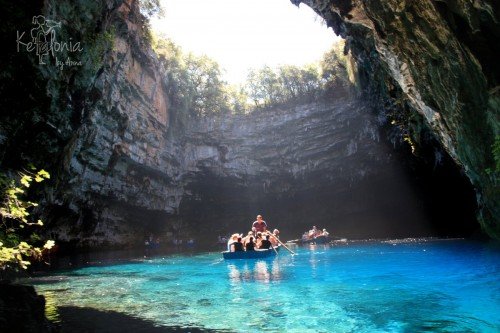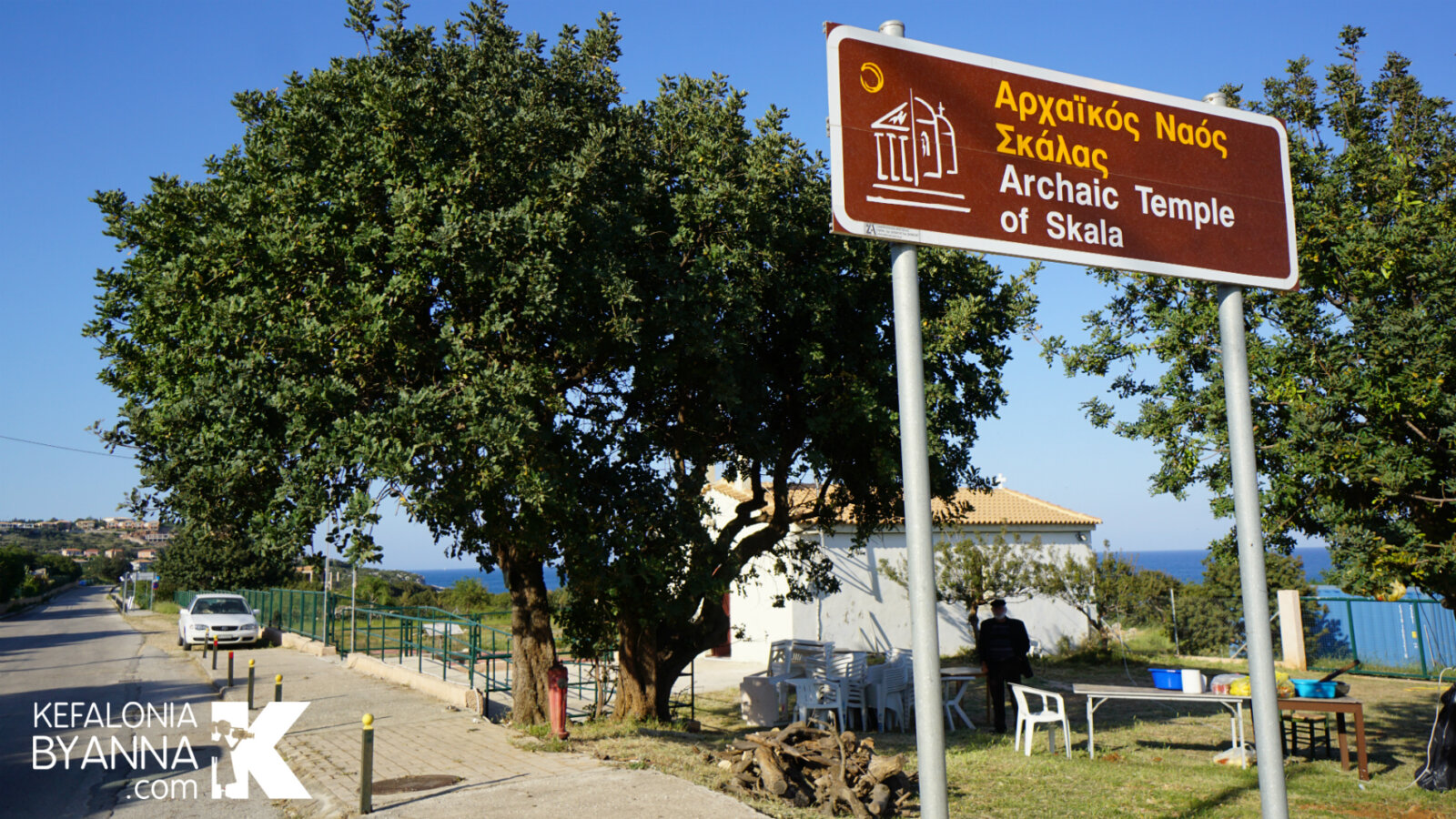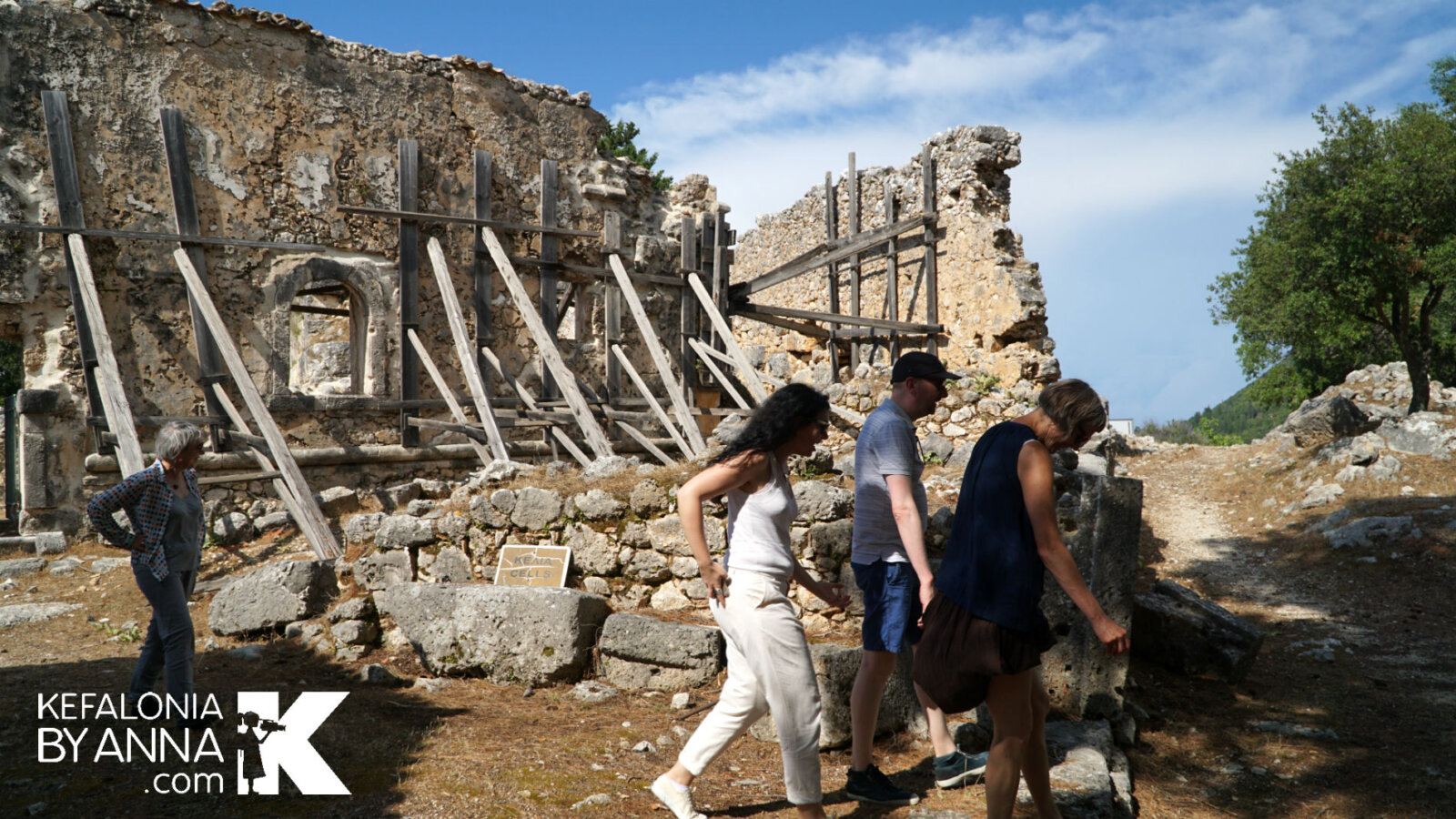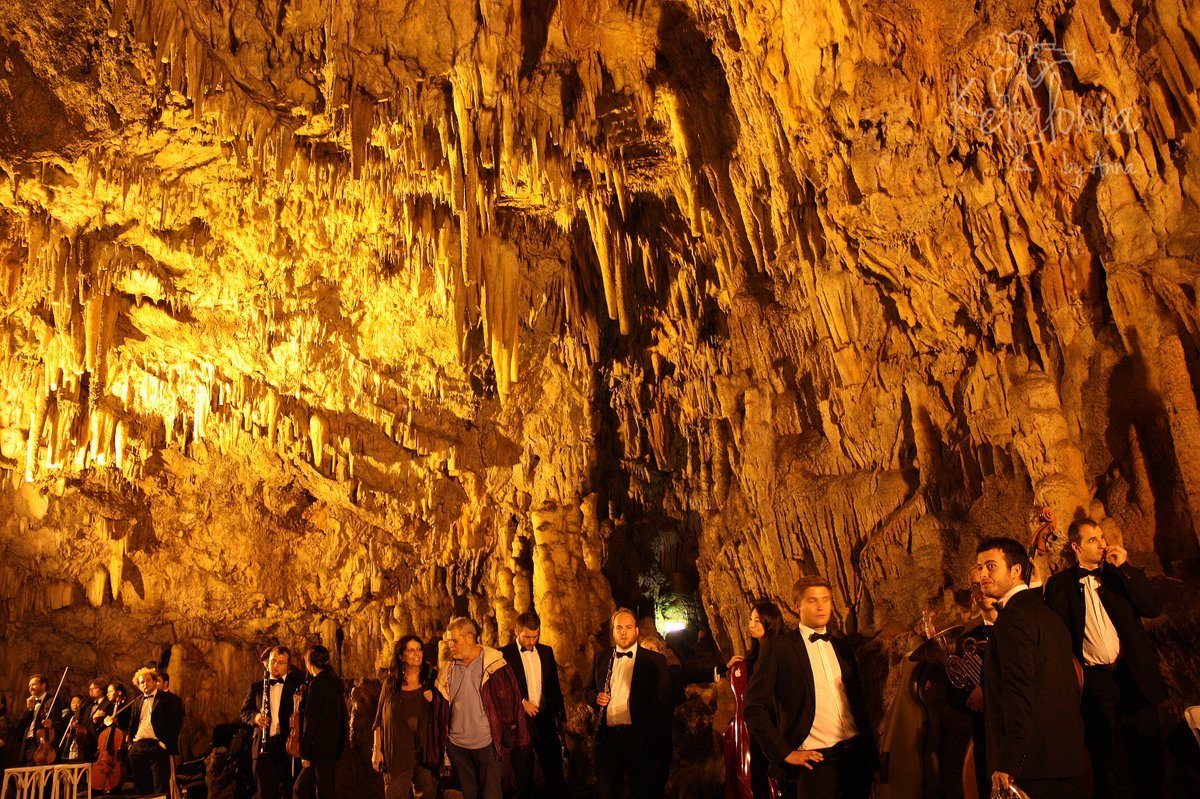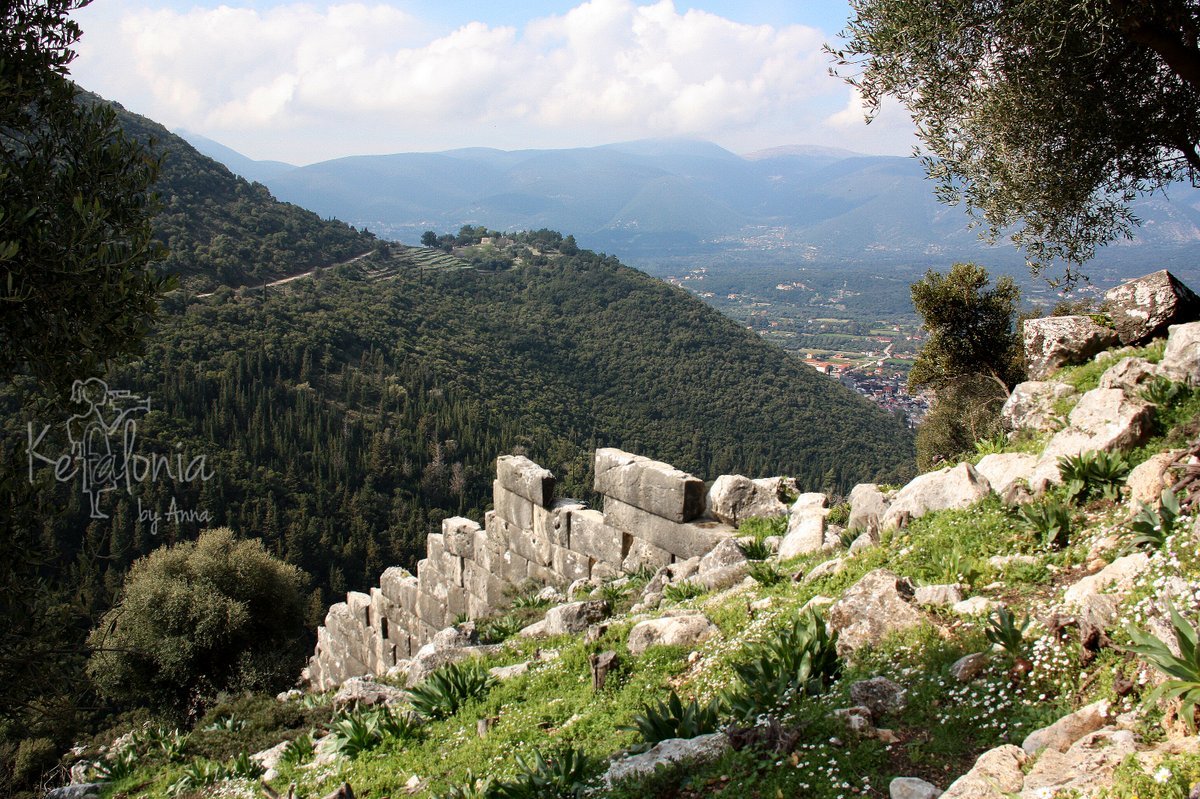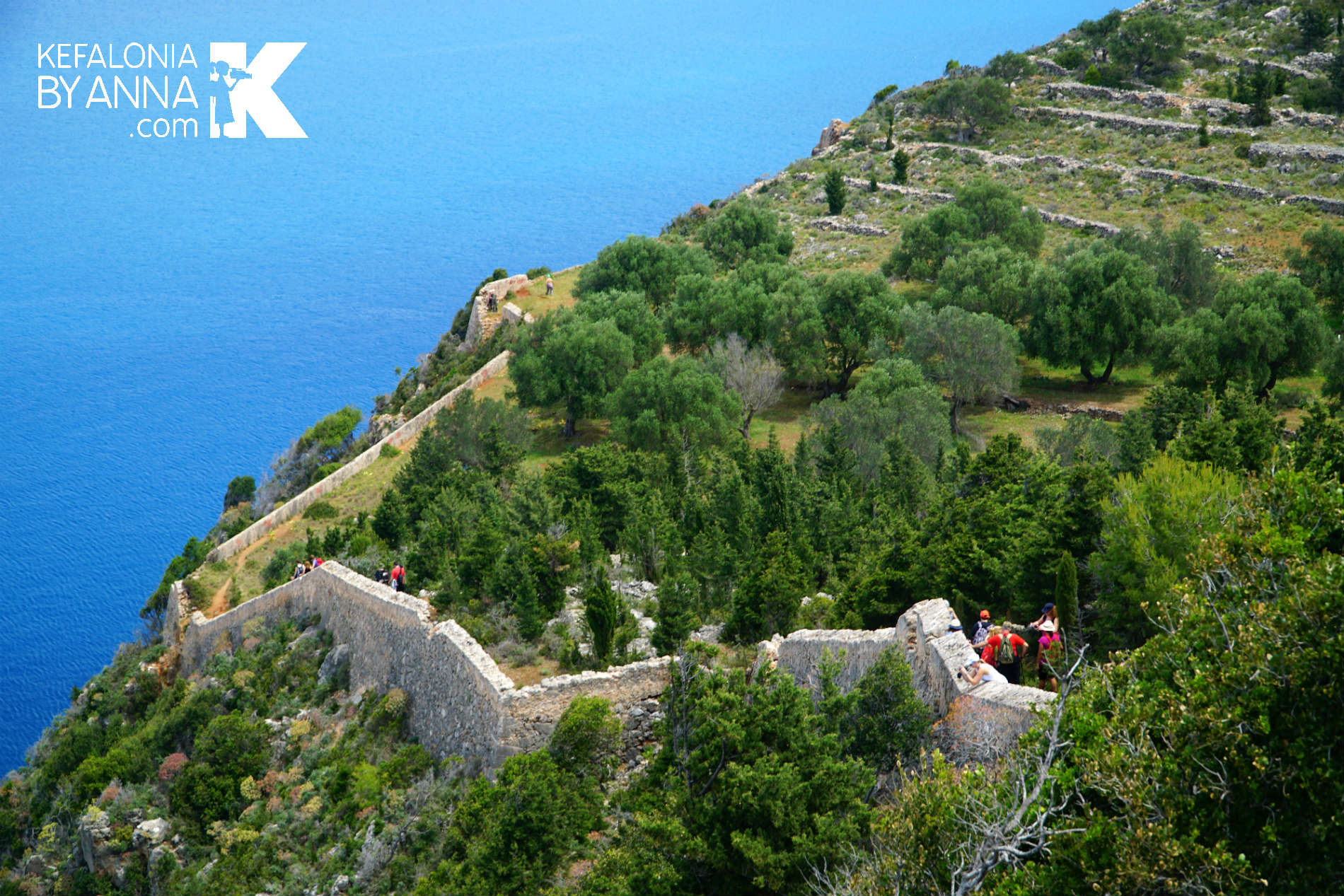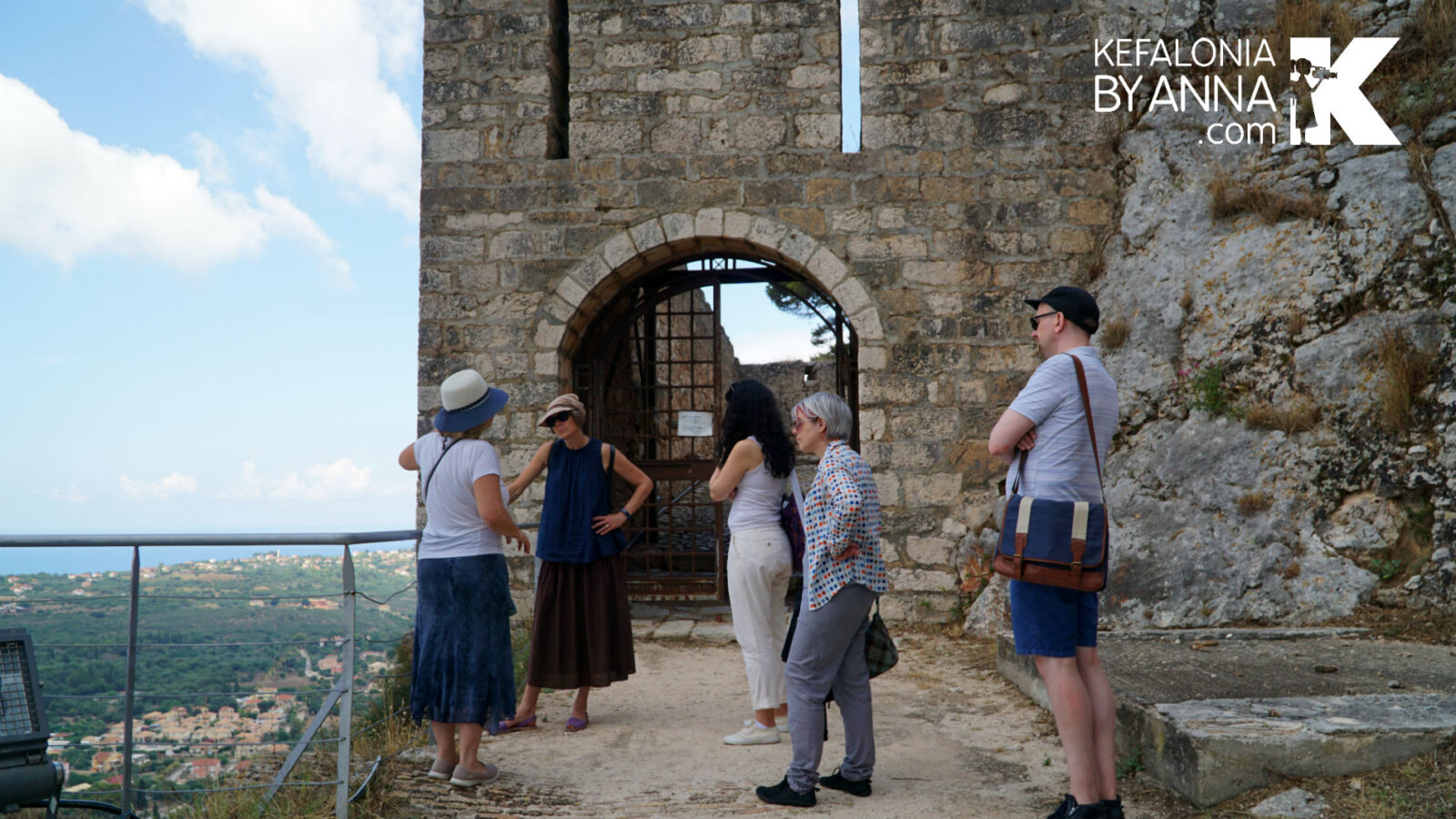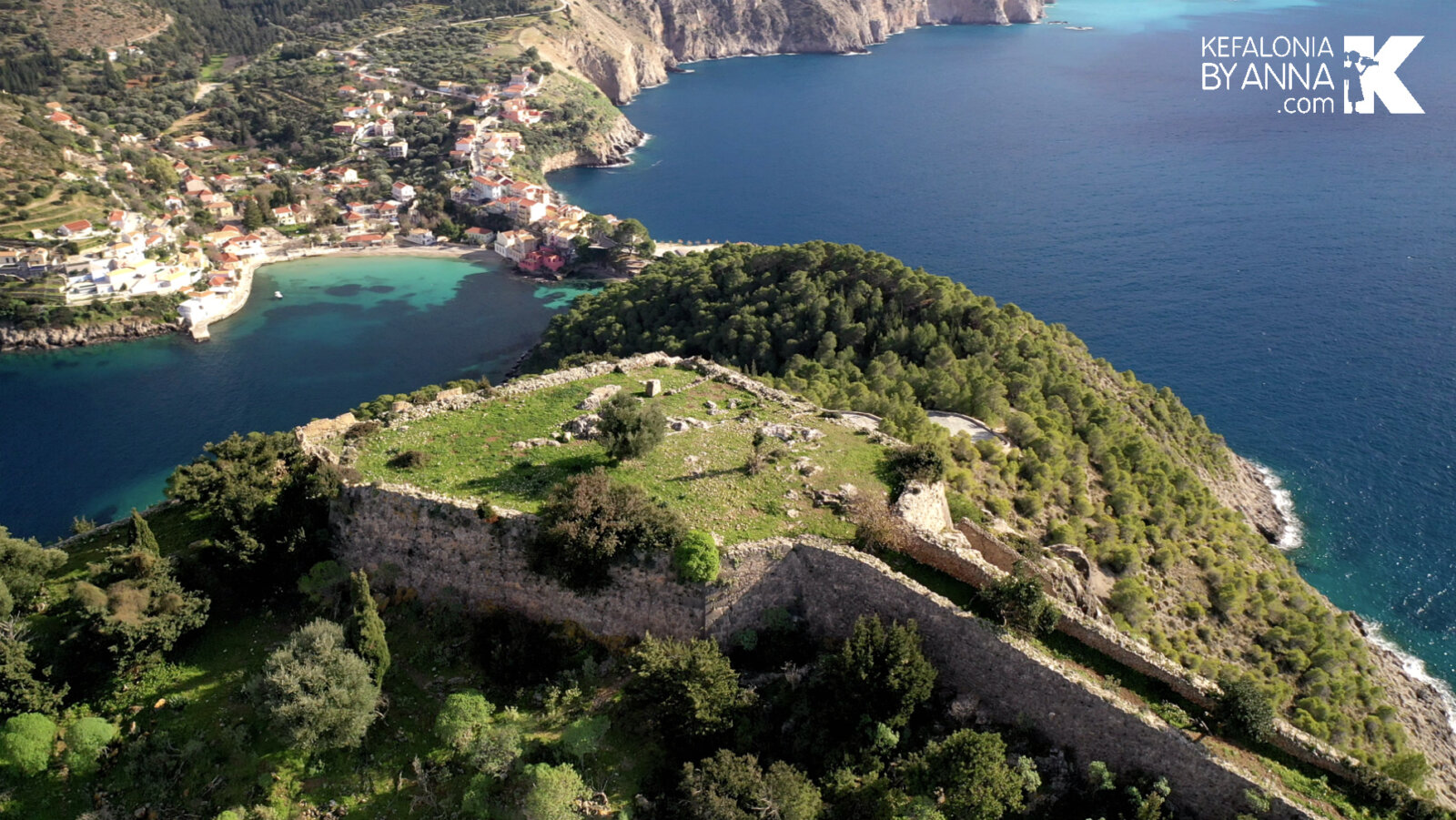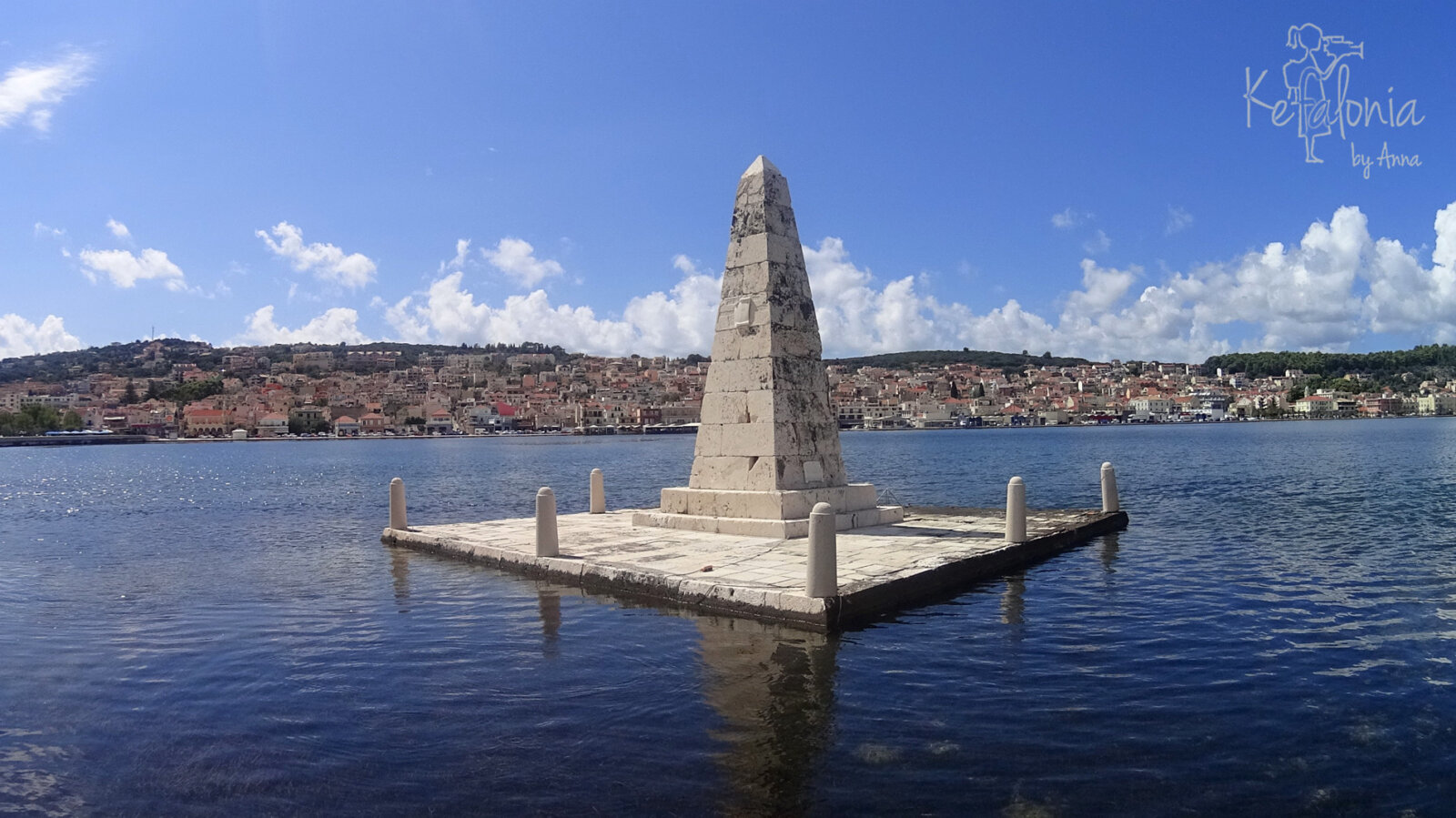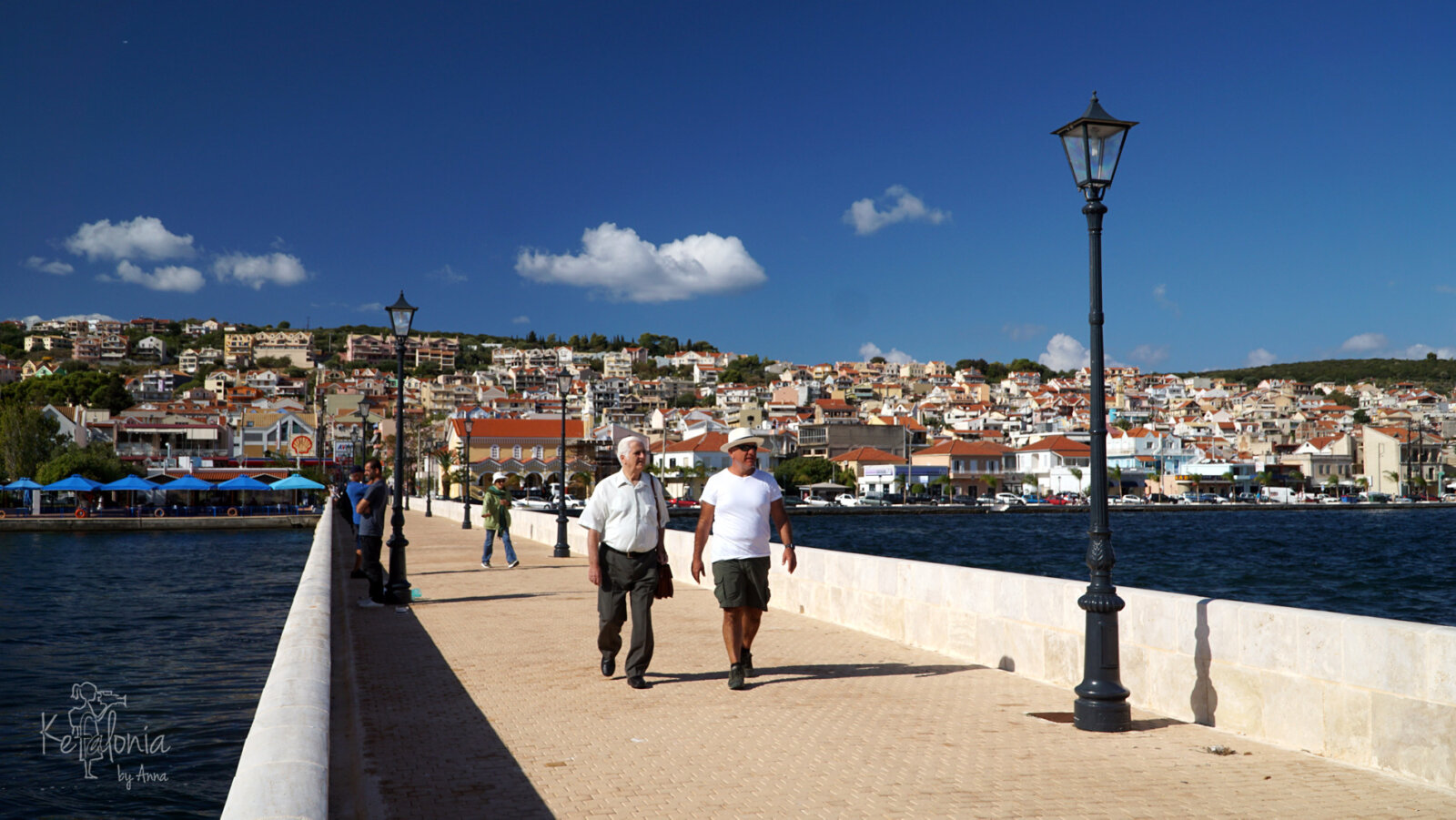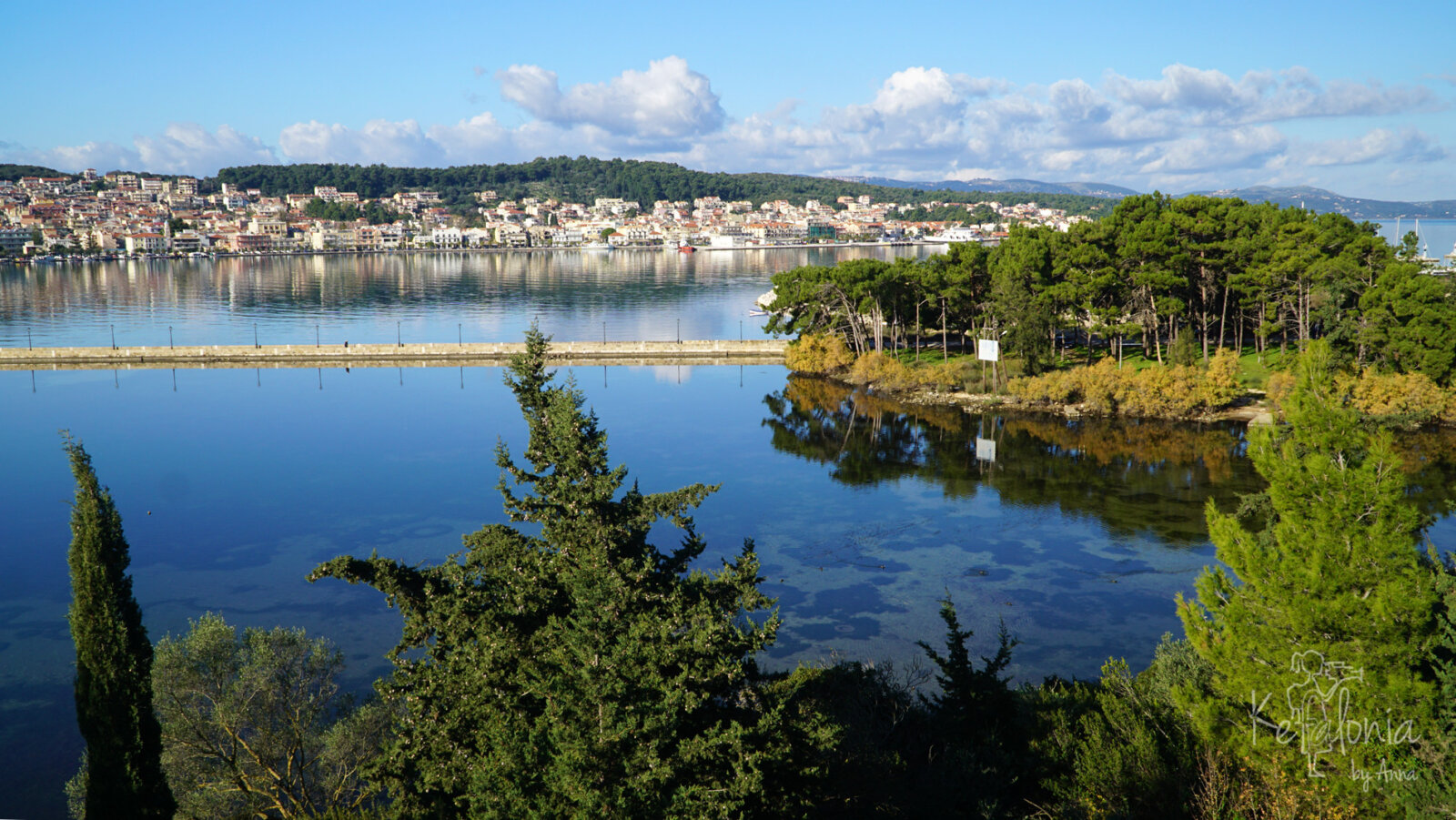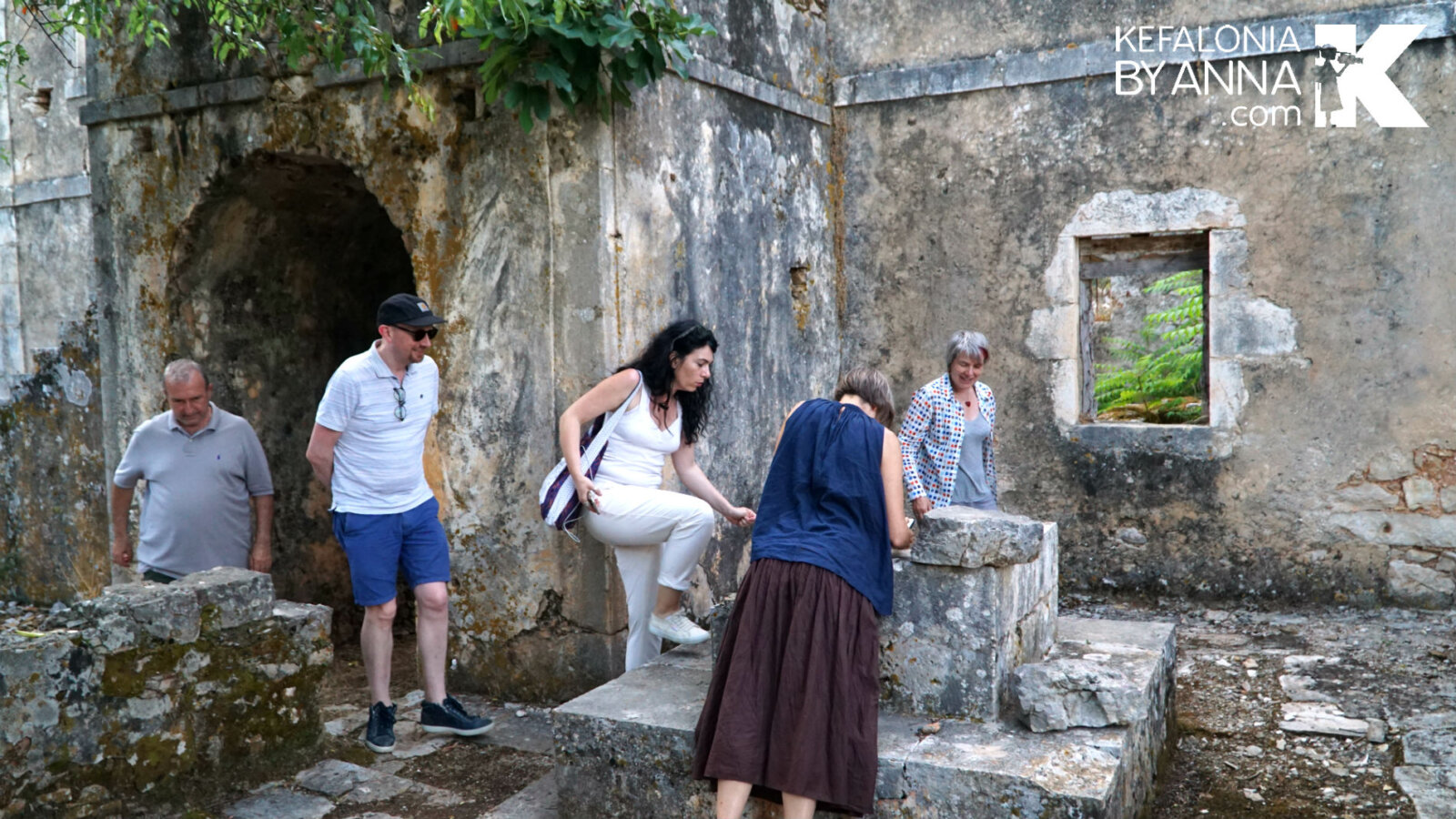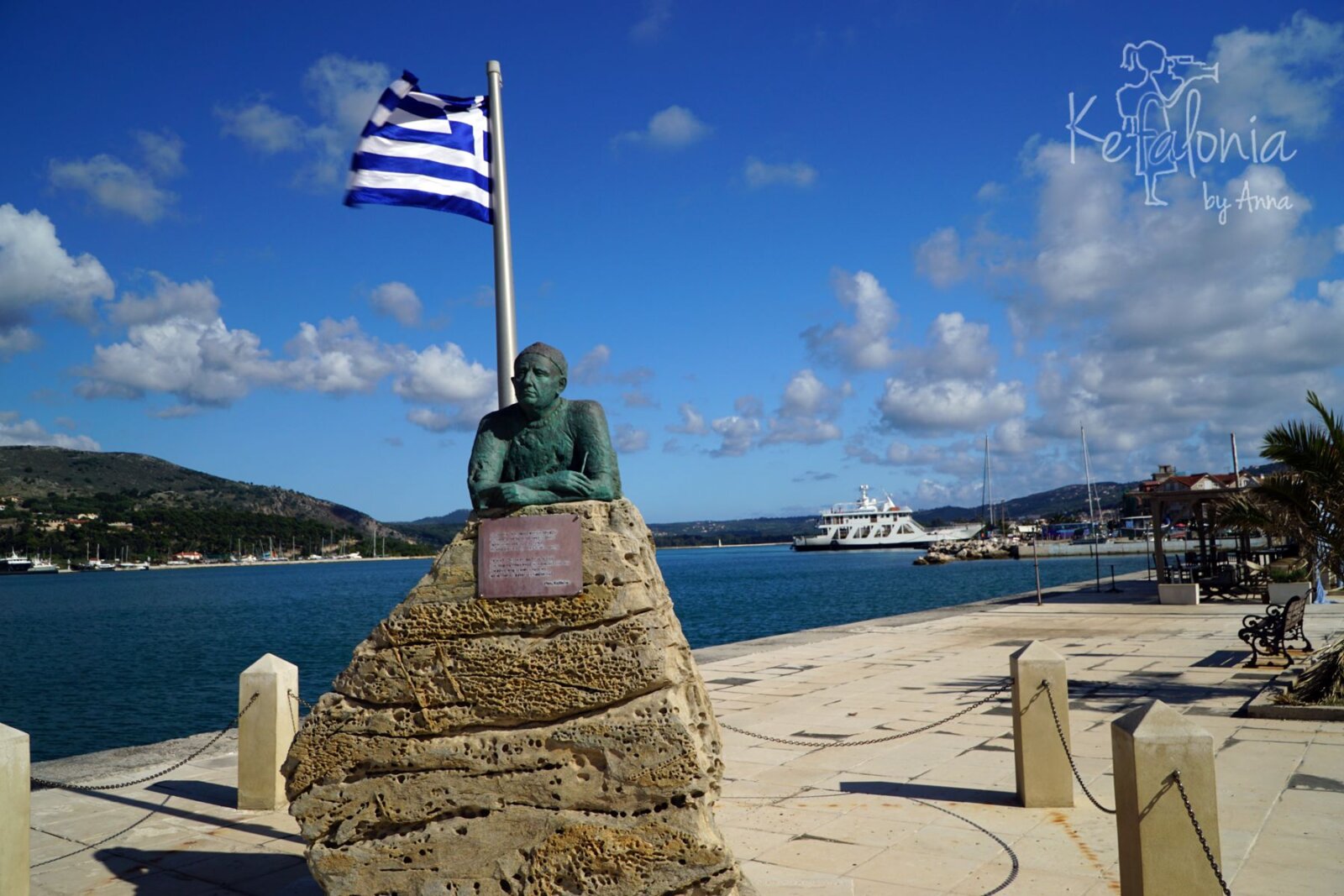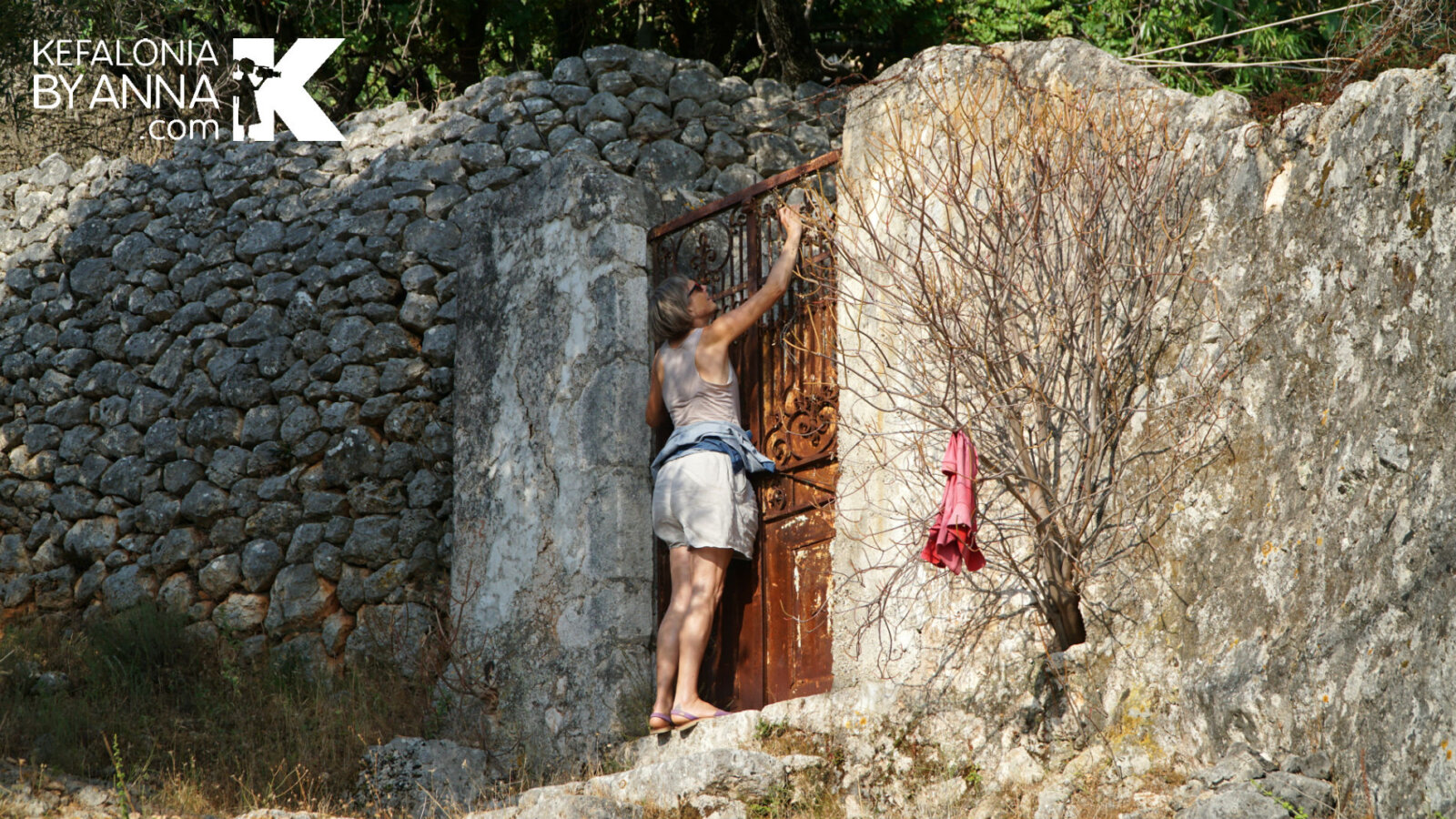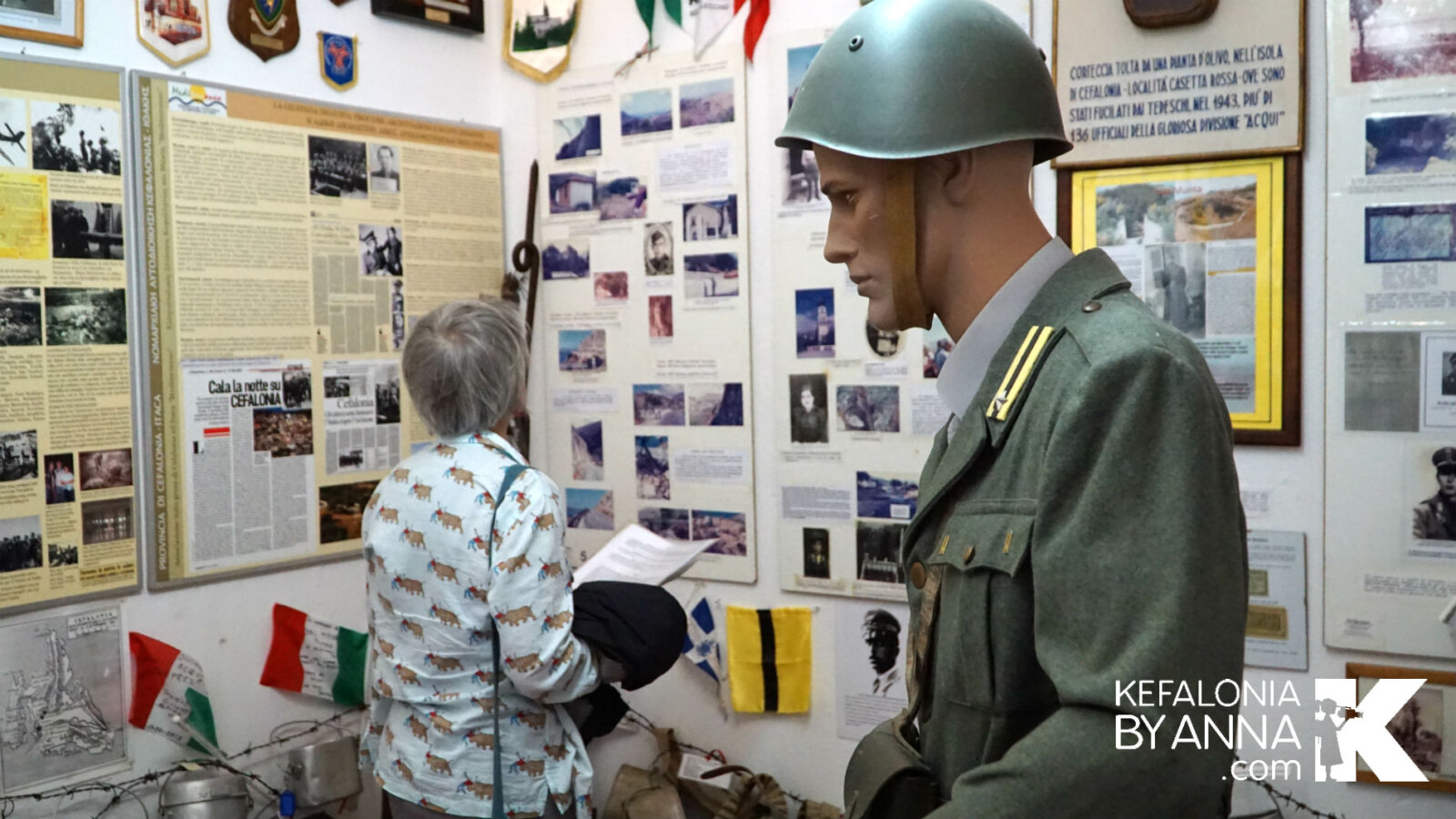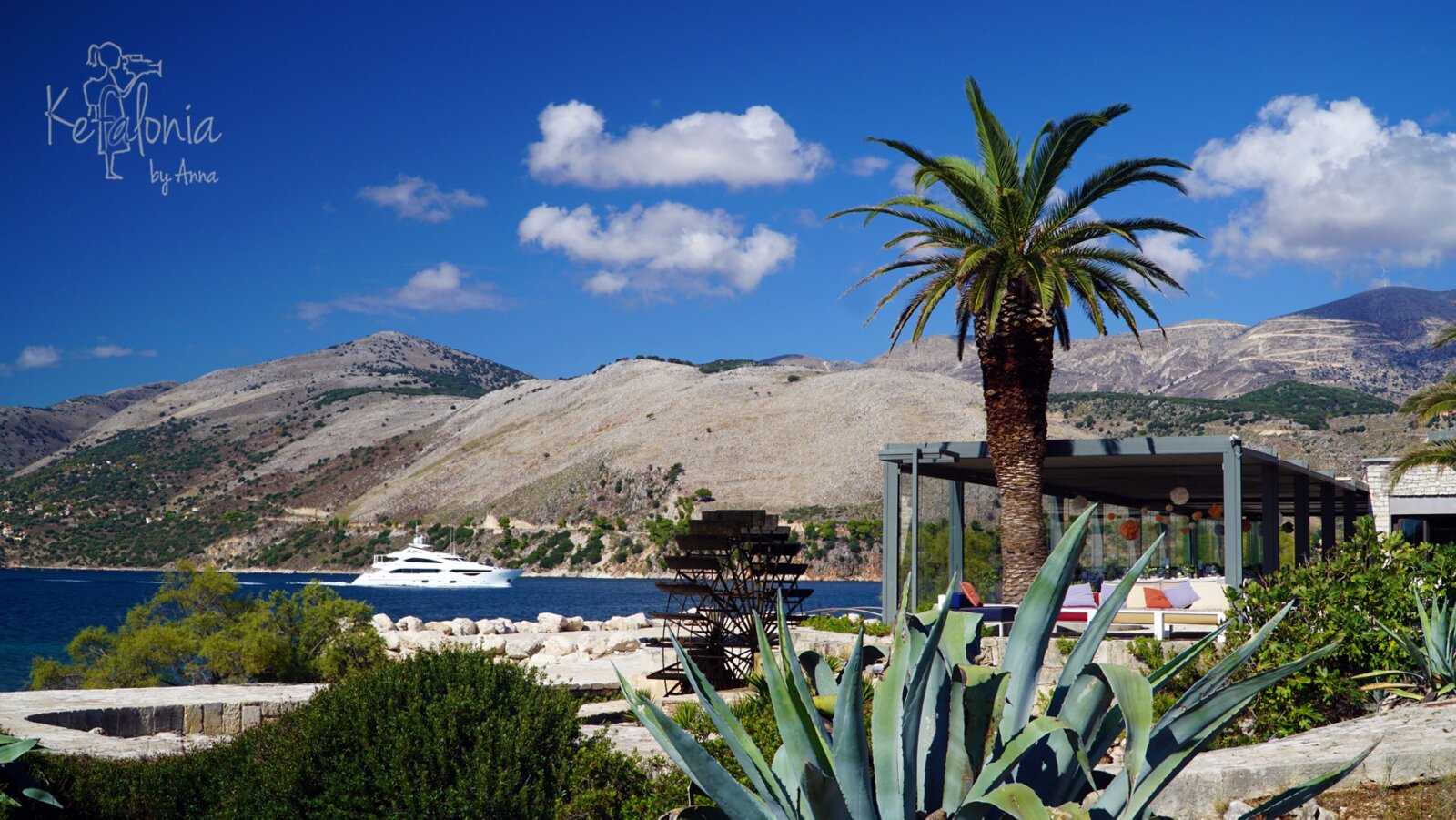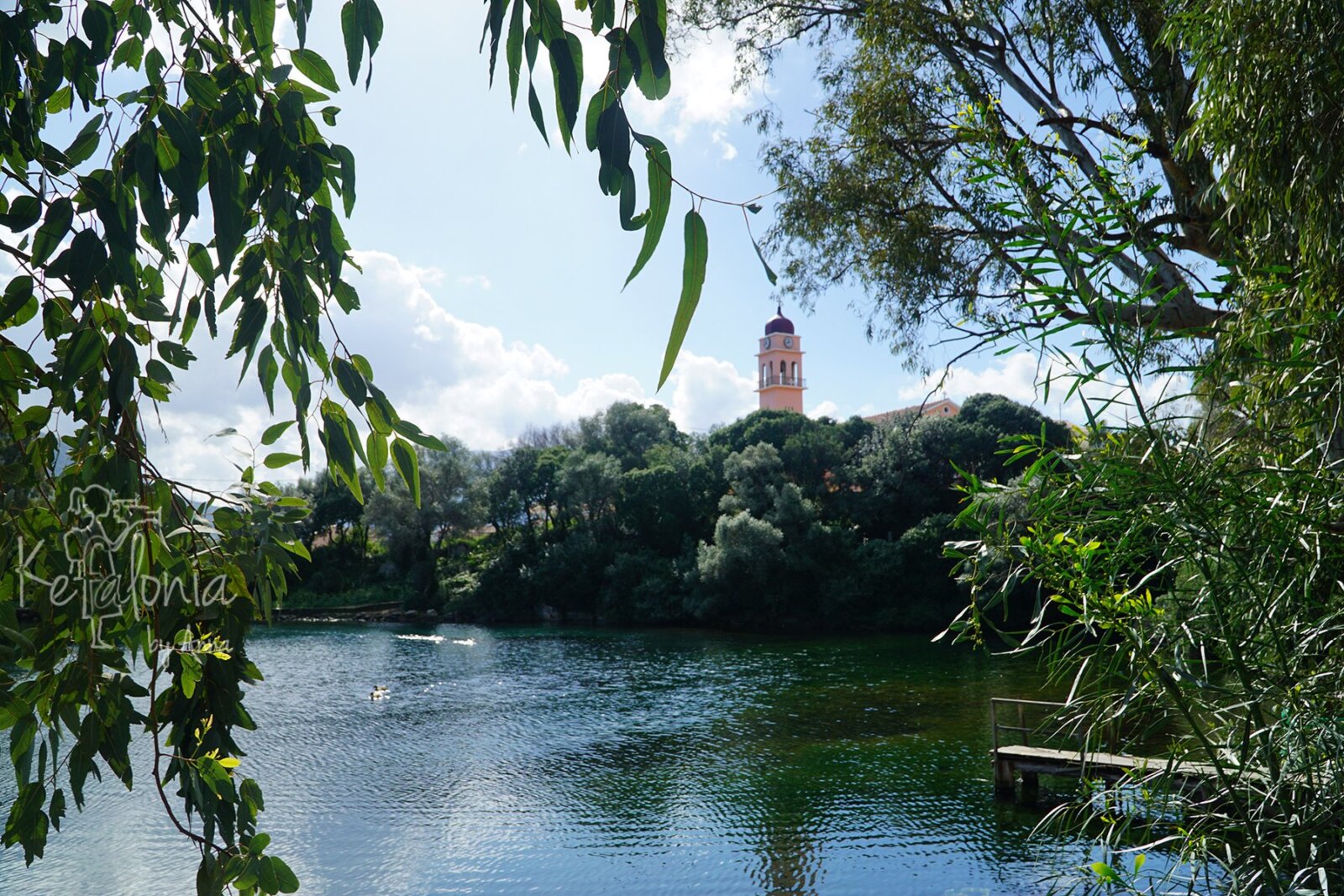Kefalonia island harmoniously represents Greece’s long history and encompasses the various elements of its civilization. Here the first traces of organised societies have been discovered, dating back to an era more than three thousand years ago when the Mycenaean kings launched the great Trojan War. The vaulted Tzanata tombs located in Poros unveil the forgotten story of this civilization in Kefalonia. Ancient Greece is credited for inventing the idea of democracy which was based on a federal system of autonomous city-states. Ancient Krani and its Cyclopean Walls, found within the vicinity of Argostoli, isn’t only a place of outstanding natural and archaeological beauty, but it was also the ancient capital of Kefalonia and is one of its four city-states. The Temple of Apollo (next to Saint George’s chapel) is located on the edge of Skala’s long and spectacular stretch of golden sand. It was built next to the sea and reflects the spirit of modesty and harmony that crystallised ancient Greek culture throughout the centuries.
Melissani is a place where outstanding natural beauty and mythological charm are coherently integrated. This very rare underground formation, an underground lake inside an open cave, is only one of a handful worldwide and has been an attraction for decades. Not many visitors realize that in pre-Christian years Melissani accommodated an ancient temple. In close proximity to Melissani is Drogarati cave, another of the wonders of Kefalonia. Entering the gates of Drogarati, famous for its excellent acoustics, you have the chance to explore the underground world of Kefalonia, an island admired by many for its complex and varying geological formations.
The ancient Acropolis of Sami has been the center of a wider area filled with remnants from classic Greek and Roman civilizations. The Acropolis holds a naturally fortified position in the mountainous region of Sami and has a spectacular view of the Ionian Sea, stands as a silent witness to the epic wars between the Roman Empire and the Greek kingdoms in the 2nd century BC.
KEFALONIA IN THE ROMAN ERA AND THE MIDDLE AGES
The Roman presence in Kefalonia is still alive with the existence of the Roman cemetery located a few meters from the coastline in the charming and cosmopolitan village of Fiscardo. The picturesque monastery of Saint Gerassimos, built in the middle of the valley of Omala, stands as the religious centre of the island. It contains the holy relic of Kefalonia’s Patron Saint and Orthodox icons, modelled in Byzantine art. After the decline of the Byzantine Empire, the Venetians had a major influence on the culture and way of life of Kefalonia. A fine example of their civilization is the castle of Saint George built and fortified on a top of a hill that overlooks the fertile fields of Krania and the port capital of Argostoli. In 1584, it was decided that a new fortress was necessary, as the Castle of Saint George could not defend the entire island against the Turkish threat and the pirate raids so they started building the Castle of Assos. Its ruins are nowadays one of the most popular attractions.
KEFALONIA UNDER BRITISH RULE
The Koutavos lagoon comprises the lower part of the gulf of Argostoli, a dynamic ecosystem with diverse fauna and flora species. The boundary between the sea and the lagoon is created by the De Bosset bridge – the longest stone bridge over the sea worldwide. The bridge is an architectural masterpiece of the 19th century and a pivotal monument associated with British rule in the Ionian Islands and unifies the two parts of the gulf of Argostoli. On the outskirts of Argostoli, the lighthouse of Saint Theodori (Fanari) has been standing for almost two centuries with its plain Doric-type architecture being embedded in the cultural heritage of the British presence in Kefalonia.
KEFALONIA IN MODERN TIMES
In the port of Argostoli the statue of Nikos Kavadias, the most famous poet of Kefalonia, is glancing at the waves over the gulf. Kavadia’s sea poems have been the lyrics of famous songs and are immensely popular with Greek people. The statue of Marinos Antypas in Ferentinata village, Pylaros, immortalizes the life, adventures, and ideas of this great social justice fighter and defender of the peasantry struggle for acquiring rights, at the beginning of the last century.
Further, towards the eastern part of the island, the village of old Vlachata tells the story of ordinary people and demonstrates the uniqueness of local architecture in pre-earthquake Kefalonia. As well as being abandoned, the “ghost” village of Palia (old) Vlahata provides the scenery for the music and arts festival ” Saristra”, where scores of visitors from across the country enjoy a colourful plethora of cultural events. Another deserted settlement is the old Farsa village which helps us to imagine how the locals, in pre-earthquake Kefalonia, lived in the countryside. It is preserved in such a way that makes it an outdoor museum.
The contemporary history of Kefalonia is also related to tragic moments such as the sinking of the submarine HMS Perseus in 1941 in the waters off the port of Poros. The wreck preserves the collective memory of the war period while, along with the surrounding underwater landscape, providing divers with a chance for exploration. Also, the memories of WWII are still present through the various resistance memorials scattered across the island and particularly through the points of commemoration for the massacre of the Acqui Division, one of the worst atrocities committed by the Germans against captured soldiers in the war. By watching the visually striking yet historically ambiguous film Captain Corelli’s Mandolin, you can get a glimpse of Kefalonia’s landscapes and how the island might have looked during World War II.
In Argostoli, the long history of Kefalonia is depicted in the impressive collections of the Archaeological and Folklore Museums. The Archaeological Museum (currently closed) hosts artefacts, pottery, and items of various sizes from the 14th century BC to earlier periods, while the Folklore Museum demonstrates the living history of the island from the Venetian Era to when the earthquake struck Kefalonia in 1953. The Folklore Museum houses a collection of photographs from before and after the disastrous earthquake struck which are of significant importance. At the edge of Kefalonia’s capital, the visitor can observe an amazing geological phenomenon at Katavothres Water Mills. The seawater has been constantly “travelling” through sinkholes underground for many kilometres, due to porous rocky formations, ending up in the Melissani cave lake, on the other side of the island, and finally flows away to the sea, at Karavomylos village.

